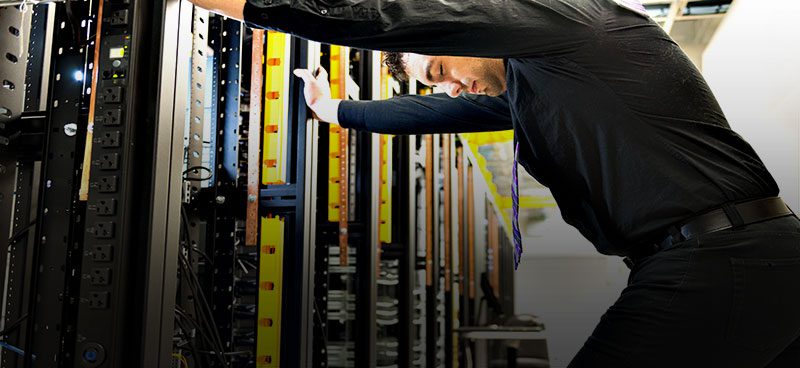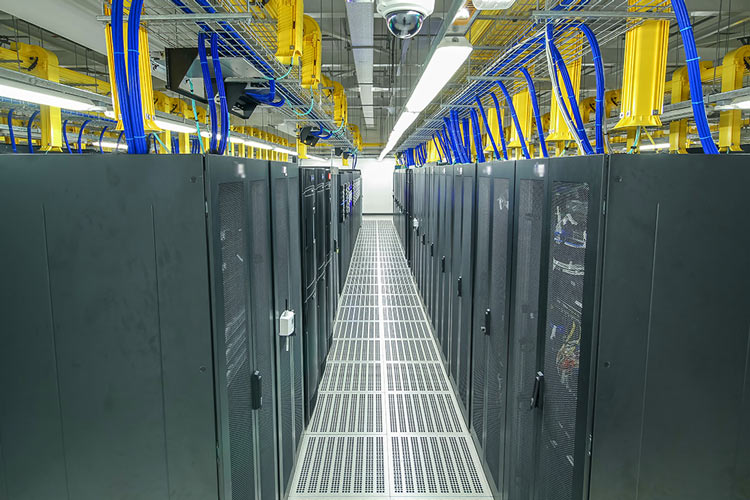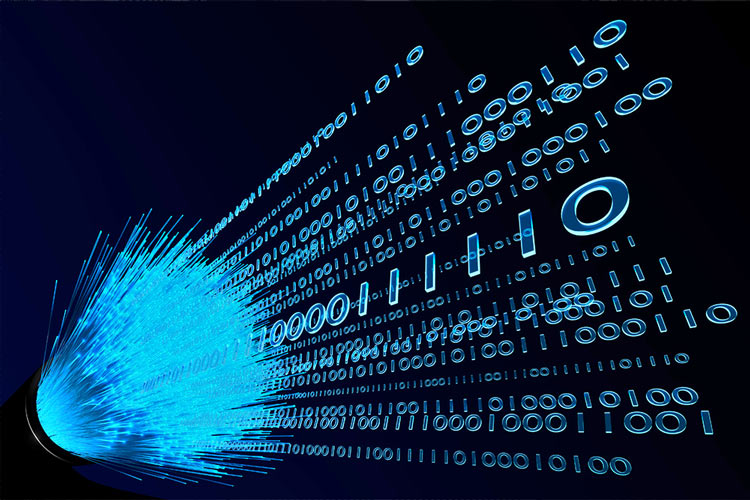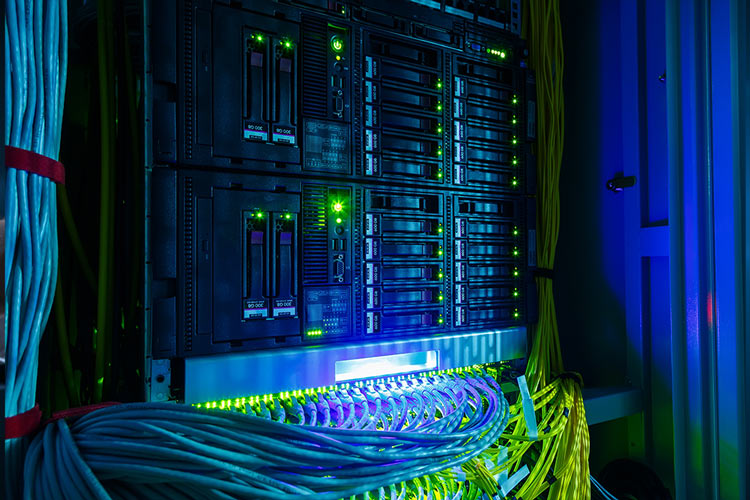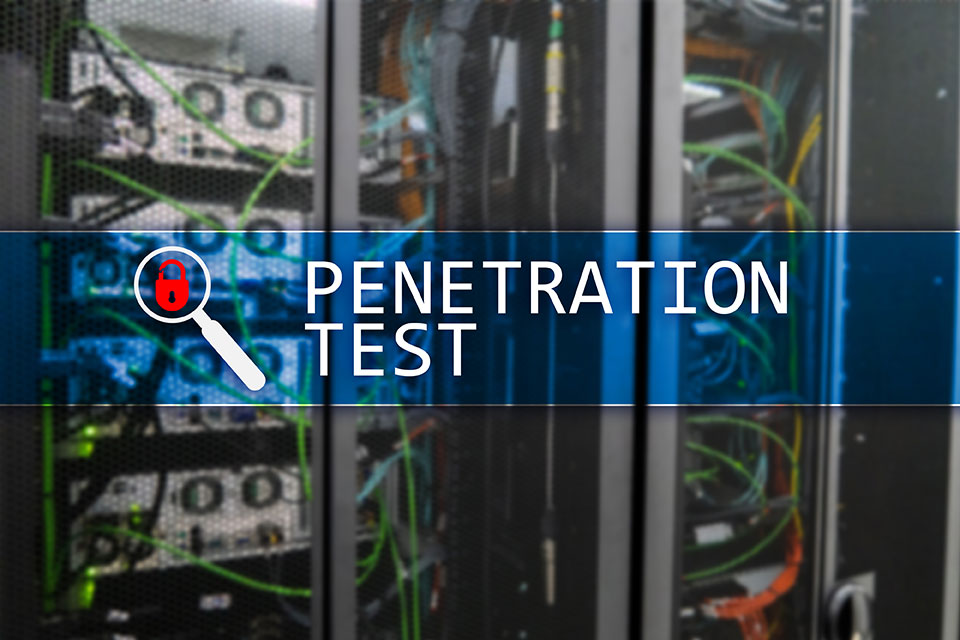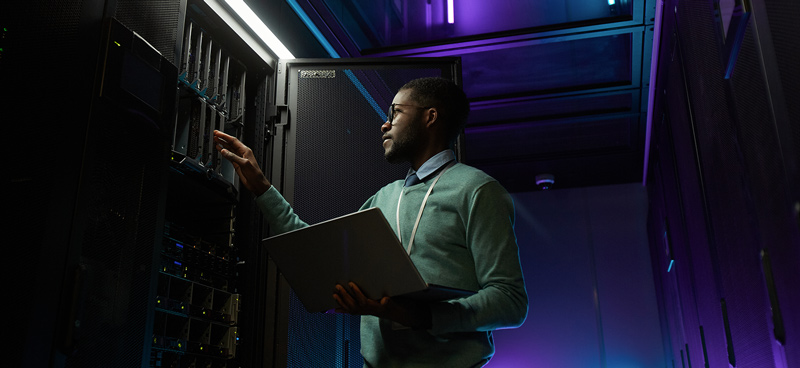Unfortunately in life, terrible events such as natural disasters or other incidents happen almost every day. When these situations happen, one of the biggest problems for businesses that rely on vast amounts of data is disaster recovery. In today’s world, more businesses than ever need immediate and uninterrupted access to their data around the clock, which allows for business continuity. For businesses that need this level of continuity, it’s vital to develop a strategy for Disaster Recovery.
Anything can go wrong with your computer system that can make it unusable and your important data unrecoverable. You could spill some juice on your computer, or it can become infected with a nasty virus or worm. There’s also the possibility of the hard drive simply failing one day due to age. Because of this, the best form of disaster recovery is the kind that is planned well in advance. Thankfully, that is what Disaster Recovery as a Service, or DRaaS, is for. DRaaS involves copying the data from a physical or virtual server and hosting it on a third-party backup service so it can be easily recovered when a disaster, either accidental or natural, occurs.
Whether a call center needs to be relocated or another matter arises based on the events, disaster recovery is a vital service that helps keep many businesses up and running. The biggest advantage of DRaaS to customers is there is no noticeable interruption in services. In the event a disaster occurs in one location, the IT traffic is simply moved to a location that is unaffected. This is able to be done because of a company’s ability to customize the redundancies within their infrastructure. In doing so, a company’s customers, employees, and profits will be affected little if any.
One of the worst things about disasters is that they often occur with little or no warning. However, businesses that use Disaster Recovery as a Service can not only know their data is secured and protected, but also do so without experiencing a substantial financial investment. In years past, many businesses relied on in-house recovery solutions to ensure their data was protected. However, as more and more realize the cost of personnel, when combined with the infrastructure and maintenance costs, helps to drive up their costs, they instead turn to cloud hosting as a way to make sure their information is protected.
While there can be little if anything done in the event of a Tornado or other disaster, planning ahead can make all the difference. Information held in a virtual cloud will always be very effective, often letting the company go back to work despite circumstances not being ideal. For companies that use DRaaS to keep their data safe and secure, a smooth running business as well as peace of mind is theirs.
The backup service offers a backup operational mode, known as failover, in which the functions of the system’s processor, server, network, and so on, are assumed by the secondary system components until the data can be recovered. Failover is used to make systems more fault tolerant, meaning that in the event that a computer component fails, a backup procedure takes its place without interrupting or losing the current service. Failover is usually a core aspect of systems that requires being constantly available. It is also available for personal computers or networks and can apply to any aspect of the computer system. Failover is provided to a cloud computing environment, either on a pay-per-use or contract basis, by the backup service vendor. Offsite vendors are more resistant to the harmful effects of disasters than the actual enterprise, and as a result, the provider can implement the disaster recovery plan even if the enterprise is completely shut down.
DRaaS has a fair share of advantages, such as ease of use for businesses that lack the know-how to set up and maintain their own disaster recovery plans, as well as saving costs in maintaining an off-site disaster recovery environment. DRaaS plans can also adjust to their client business’s needs, however, the business must trust that the DRaaS service provider can recover the data within the business’s deadlines.
![]() Ready to See How Volico Can Help You?
Ready to See How Volico Can Help You?
Got questions? Want to talk specifics? That’s what we’re here for.
Have one of our friendly experts contact you to begin the conversation. Discover how Volico can help you with your Disaster Recovery needs.
• Call: 888 865 4261
• Chat with a member of our team to discuss which solution best fits your needs.

